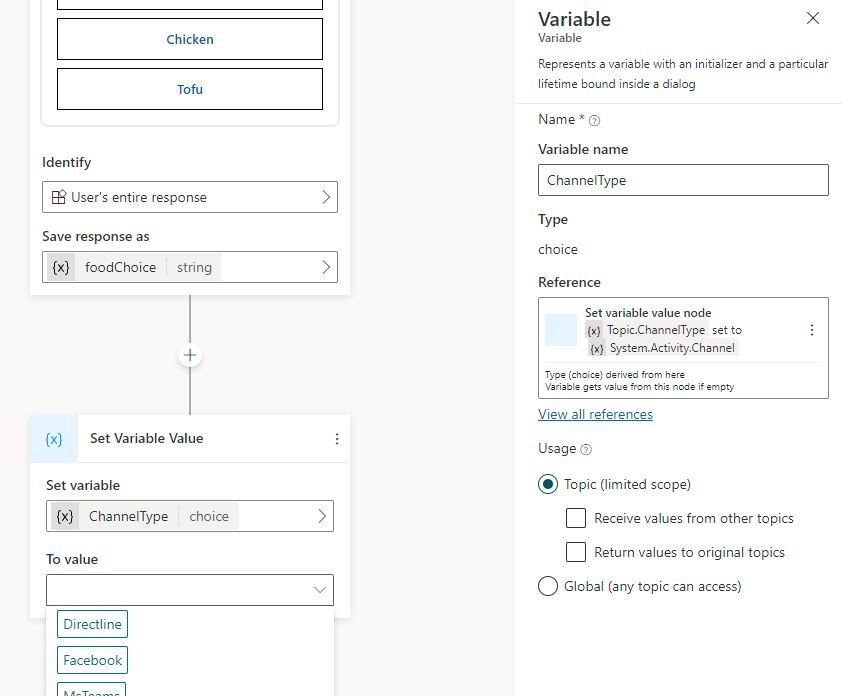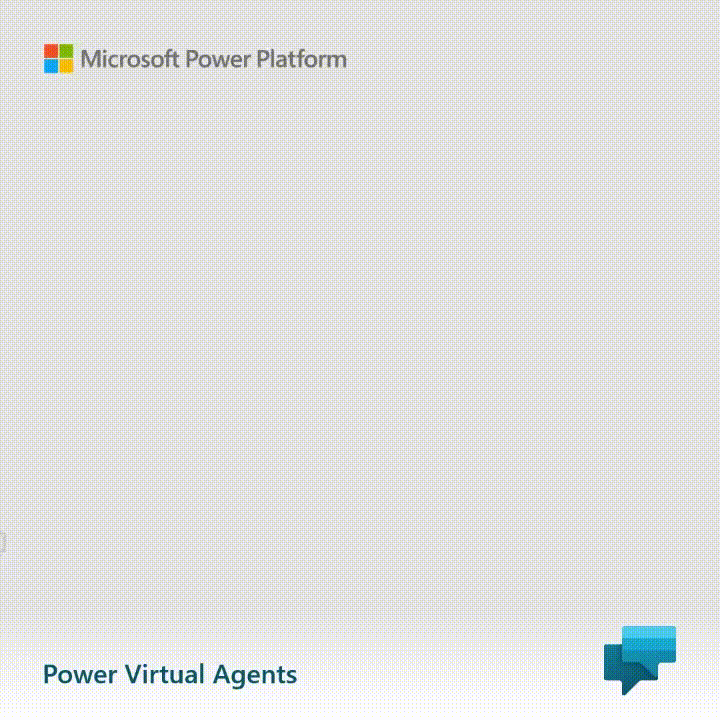I love the idea of Power Virtual Agents and it’s enabling nature of creating the bots. But, because of my in-depth experience (or exposure) with Microsoft Bot Framework and Composer, PVA features never got me excited. Until today, when Power Virtual Agents product teams have gone extra miles with huge set of capabilities. These capabilities are not just some addons or simple features rather, they allow you to build sophisticated bots with rich and trending experiences.
Interestingly! Power Virtual Agents saw a 360% (triple) growth in their sessions just from 21st January, 2021 to April 22
I got a chance to play the technology preview release prior to their announcement at Build 2022. After creating some bots, I am confident that you’d love everything which I am going to write about today. 👇
The Evolution of Power Virtual Agents 🤖
Gone are the days when Power Virtual Agents had to rely on Bot Framework Composer for integrating rich experiences. Those features are now brought natively inside the authoring canvas of the Power Virtual Agents. The team rebuilt it from the ground-up but retained the intuitive user experience for creators’ ease. For example, now you’d be able to cut, copy and paste. Furthermore, you now have the capability of multi-node selection and topic navigation.
While there are so many new features, I’ve picked up a few favorite ones. I am absolutely sure that you’d not just love them but also agree that they add the most value to the actual product.
Code Editor
Just like Bot Framework Composer (and any other powerful Power Platform’s family member), you can now sneak peek at the code behind. The code editor support adds a lot of value in terms of code-sharing and re-usability. You can easily move the logic from one topic to another and so on.
Rich Responses
While solving problems in a straight forward way is a good idea, it can result in a rigid experience if it’s the same every time. This is not how we humans interact with each other these days online. In fact, we interact with images, videos and much more. Considering this, we now have got the latest capability to add rich responses. Out of message variations, images, videos and others, two of all were my favorites. They are Adaptive Cards and Quick Replies (or as they say in Composer’s language, Suggested Actions).
Adaptive Cards
Imagine you’re creating an Airline or a Food Bot, how would you show the information your customer requests for? Is the textual information enough for this use-case? Or you’d create a dynamic image with Power Automate on the fly to show that rich information? All answers lead to No. Because we’ve got a better way to do that, and that is, through Adaptive Cards. Adaptive Cards are the light-weight UI content that let creators exchange in a common and consistent way.
Power Virtual Agents supported this functionality but there was no way to author Adaptive Cards right within the canvas. Now, not only you have this capability but also it’s much refined than any other tool, such as Bot Framework Composer. For example, you can have an instant preview of the Adaptive Card.
Power Fx integration
Remember the Adaptive Expressions to evaluate the outcome of a condition based on runtime information available in memory to the dialog or the Language Generation system? Well, they are now a part of Power Fx family and now you can do wonders with them. It gives you a capability of powerful variable manipulation ranging from string to dates to numbers and so on.

In addition to this, you now have the condition nodes with multiple options such as changing the condition into a formula.
The coolest part is that it also allows you to use the Formula Editor change your Adaptive Card JSON into a Power Fx record. This is super amazing, trust me!
Contextual triggering
You’ve got a food bot and there you’ve got bunch of cakes and someone inquires about the cake without specifying the flavor. What would you do? Currently, Power Virtual Agents can’t really detect if there are any overlapping topics. Same is the case when your bot runs into an issue and you would like to send a custom or more personalized message. All of this is now sorted with the contextual triggering.
Speech and Telephony
If I had to divide Power Virtual Agents into two major (and loved) feature sets, one of them would be Speech and Telephony support.
This topic called for a separate post for it so here you go!
As you know, today, we can’t embed any speech functionality to our Power Virtual Agents bot. With the upcoming updates, you’d be able author responses not only for text but also for speech. This would not just give you to define the text but it’d give you the capability to write SSML responses as well. Last but not the least, you’d also be able to have many functionalities of Telephony
I believe this is going to take a lot of time for me to grasp everything in detail but I am glad that the functionality is now surfaced to Power Virtual Agents. This is going to be an interesting outlook for customers with the latest discounts on them. Let me know what are you most excited about in the comments section. 👇
Until next time.


